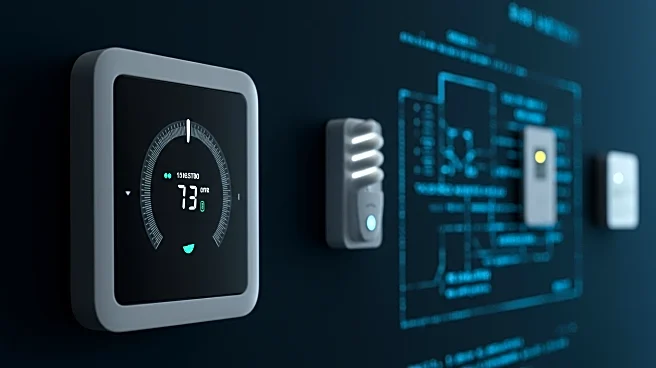What's Happening?
The Federal Energy Regulatory Commission (FERC) has laid the groundwork for smart grid solutions, urging states to adopt grid-enhancing technologies to meet the increasing electricity demand in the U.S. By 2029, electricity demand is projected to rise by 15.8%, driven by new data centers and manufacturing plants. However, the construction of new transmission lines is lagging, often taking over a decade to complete. Grid-enhancing technologies, such as high-performance conductors and dynamic line ratings, offer immediate solutions by increasing the capacity and efficiency of existing transmission lines. These technologies can reduce energy losses significantly and bypass regulatory hurdles associated with new line construction.
Why It's Important?
The adoption of smart grid solutions is crucial for the U.S. economy, which relies on low-cost, reliable power for growth. As demand for electricity surges, enhancing the existing grid infrastructure can prevent congestion and reduce costs for consumers. In 2023, grid congestion cost Americans an estimated $11.5 billion. By deploying advanced transmission technologies, utilities can access new energy sources and improve grid reliability, especially during extreme weather events. The potential cost savings and increased reliability underscore the importance of state-level action to integrate these technologies into transmission planning.
What's Next?
States are expected to take the next steps in implementing grid-enhancing technologies following FERC's initiatives. The National Association of Regulatory Utility Commissioners has called on Congress to fund these efforts, and several states have already passed legislation requiring consideration of advanced transmission technologies. State regulators will work with utilities to evaluate these technologies for local upgrades and regional planning, aiming to support economic growth with cost-effective investments.












